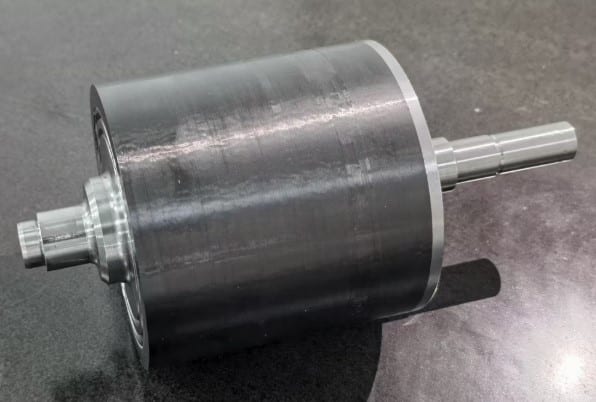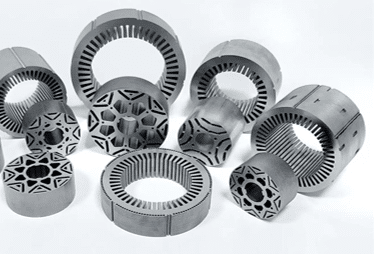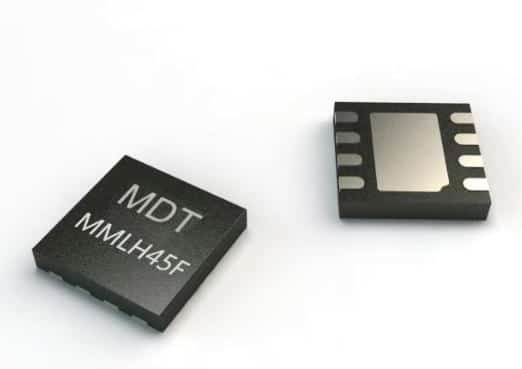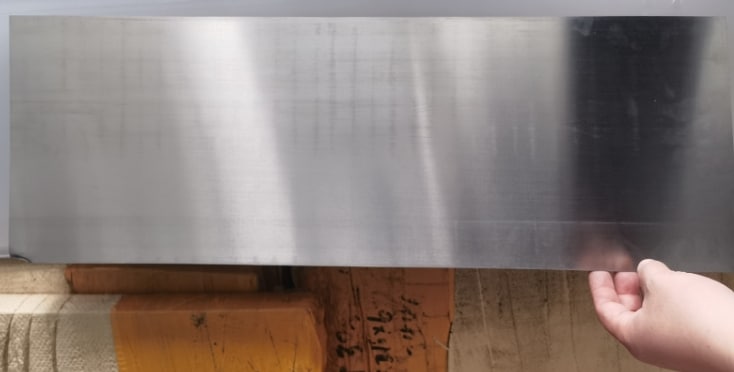Carbon fiber sleeves, as a key type of rotor sleeve for high-speed motors, are being adopted with increasing frequency. Nevertheless, certain misconceptions about their application still exist. This article aims to clarify these misunderstandings and provide a more accurate understanding of their use.
Table: Common Misunderstandings and Correct Interpretations of Carbon Fiber Sleeves in High-Speed Motor Applications
| Misunderstanding | Correct Understanding |
| ① Believing that the winding tension directly provides the final interference force for the permanent magnets on the motor rotor | Carbon fiber sleeves consist mainly of carbon filaments and a resin matrix. In wet winding, the carbon filaments adhere to the shaft surface under high tension together with the resin matrix, but they are not fully cured at this stage. During curing, temperature rise causes thermal expansion of the shaft, filaments, and resin, leading to partial loss of the winding tension. In dry winding, curing is faster and less affected by thermal expansion, so the tension loss is relatively smaller, but the winding tension still cannot be considered as the final interference force on the magnets. |
| ② Believing that the sleeve dimensions are directly determined by the mandrel used in curing | In wet winding, the carbon fibers are fixed onto the surface of the mandrel by the resin, but not completely cured. During the heating and curing process, the mandrel expands. After cooling, the sleeve dimensions are set, while the mandrel shrinks. Therefore, the final sleeve dimensions must take into account the thermal expansion and contraction of the mandrel. |
| ③ Believing that the performance of carbon filaments alone can be used as the design standard for the sleeve | Since carbon fiber sleeves are composed of both filaments and resin, it is not sufficient to use filament properties alone as the design basis. Instead, performance parameters measured through NOL ring tensile strength tests (GB/T1458-2008) or plate testing should be used as design references, as they better reflect the actual performance of the sleeve in application. |
| ④ Believing that selecting the highest grade of carbon fiber is always the best solution for rotor design | The grade of carbon fiber suitable for a high-speed motor rotor depends primarily on the rotor’s operating conditions (e.g., rotational speed, linear velocity). The main function of the sleeve is to prevent magnet failure caused by centrifugal forces. As long as safety margins are maintained, it is more reasonable to select an appropriate grade of carbon fiber rather than the highest grade. Choosing unnecessarily high grades increases costs, hinders mass production, and results in design inefficiency and inflated expenses. |
| ⑤ Believing that thermal resistance does not need to be considered in the design phase | As mentioned, carbon fiber sleeves rely heavily on the resin matrix, which is sensitive to temperature. Beyond certain limits, sleeve performance may degrade, and severe cases may cause rotor failure. Therefore, resin selection must be based on the expected rotor operating temperature. Currently available resin matrices typically withstand between ~100 °C and over 200 °C, including epoxy, PEEK, and others. |






